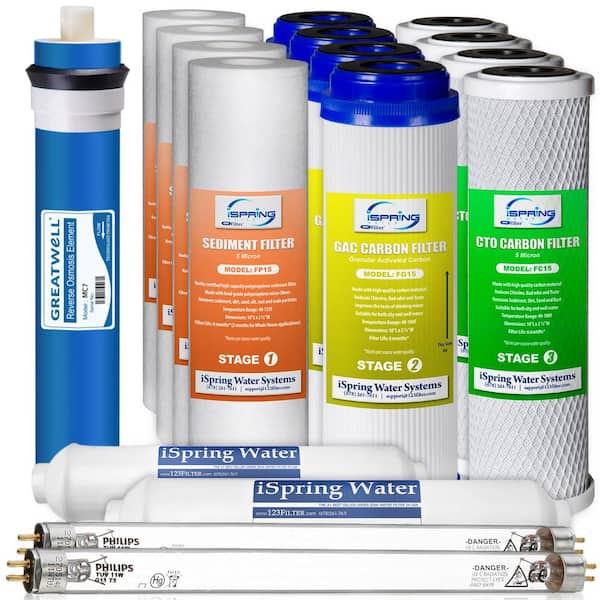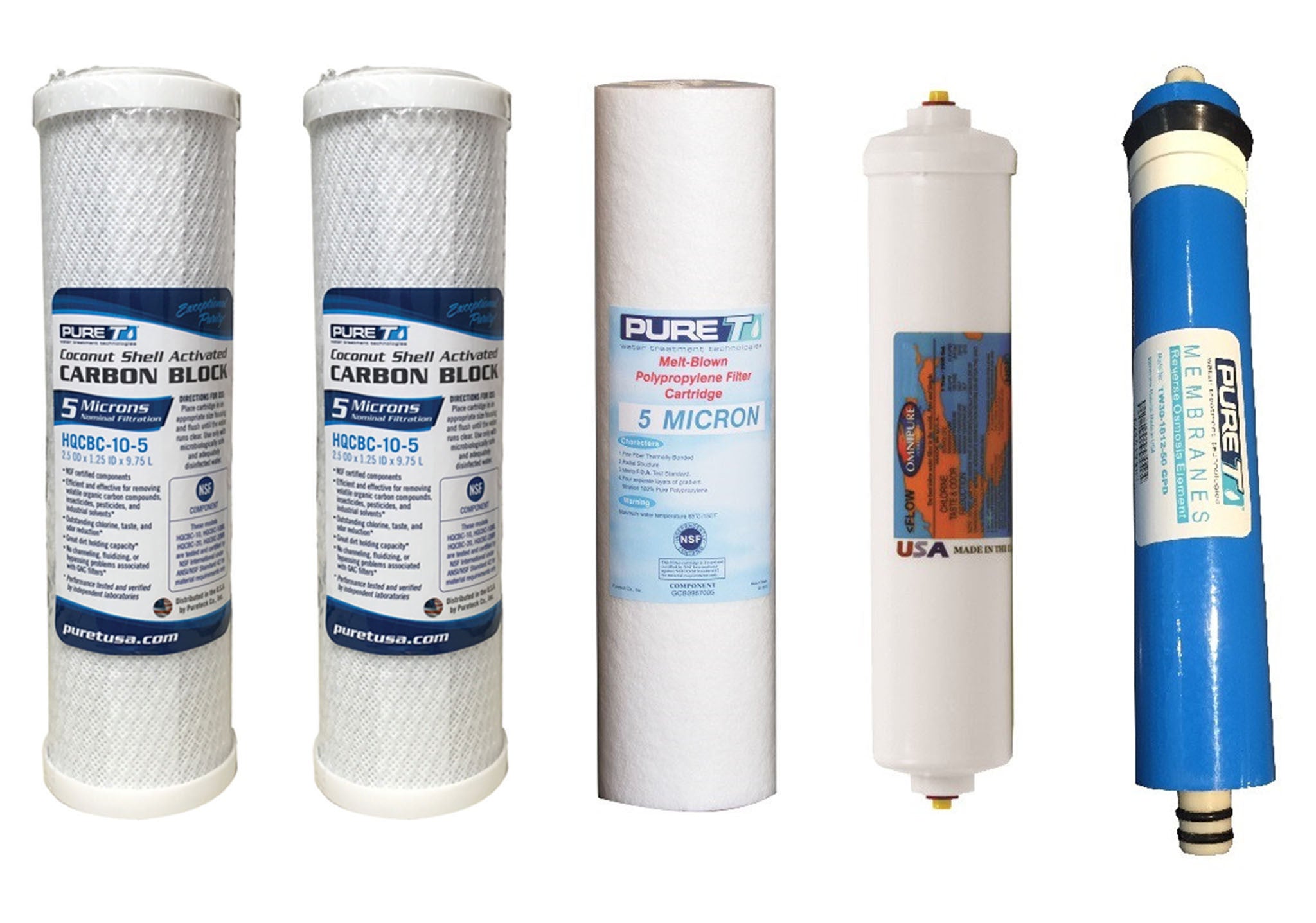5 Stage Reverse Osmosis System Filters Replacement

Immediate action is needed to ensure the continued safety and efficacy of 5-stage reverse osmosis (RO) drinking water systems. Neglecting timely filter replacement can lead to compromised water quality and potential health risks.
This article outlines the crucial steps and considerations for maintaining your 5-stage RO system, focusing on replacement schedules and potential consequences of neglecting filter changes.
Why Timely Filter Replacement Matters
RO systems work by pushing water through a series of filters to remove contaminants. These filters degrade over time, becoming less effective at removing sediment, chlorine, and dissolved solids.
Failure to replace filters regularly can lead to reduced water flow, increased contaminant levels in your drinking water, and damage to the RO membrane itself.
Potential Health Risks
Compromised filtration can expose users to harmful bacteria, viruses, and chemicals. These contaminants can cause gastrointestinal issues, long-term health problems, and are particularly dangerous for vulnerable populations like children and the elderly.
Regular filter replacement is the primary defense against these risks.
Understanding the 5 Stages and Their Replacement Schedules
A typical 5-stage RO system includes a sediment filter, two carbon filters, an RO membrane, and a post-carbon filter. Each filter has a specific lifespan and replacement schedule.
Knowing these schedules is crucial for maintaining optimal water quality and preventing system damage.
Stage 1: Sediment Filter
This filter removes larger particles like sand, silt, and rust. Replacement is typically recommended every 6-12 months, depending on water quality.
High sediment levels in your water will necessitate more frequent changes.
Stage 2 & 3: Carbon Filters (Pre-Carbon & Activated Carbon)
These filters remove chlorine, chloramine, and other organic compounds that affect taste and odor. Expect to change carbon filters every 6-12 months.
Chlorine can damage the RO membrane, so effective carbon filtration is essential.
Stage 4: Reverse Osmosis Membrane
The RO membrane is the heart of the system, removing dissolved solids, heavy metals, and other contaminants. Replacement is generally recommended every 2-3 years.
Factors affecting membrane lifespan include water quality and the effectiveness of pre-filters.
Stage 5: Post-Carbon Filter (Polishing Filter)
This filter further polishes the water, removing any remaining taste or odor issues. This typically needs replacement every 12 months.
It's the final stage of filtration for a cleaner taste.
Recognizing Signs of Filter Degradation
Beyond scheduled replacements, be vigilant for signs of filter failure. These include a noticeable decline in water pressure, a change in taste or odor, and an increase in TDS (Total Dissolved Solids) levels.
If you notice any of these signs, replace the affected filter(s) immediately.
Water Pressure Drop
A significant decrease in water flow from your RO system often indicates a clogged filter. Sediment filters are usually the first to clog.
Check and replace them if you observe a slowdown.
Changes in Taste or Odor
A stale or chlorine-like taste can signal that the carbon filters are no longer effectively removing contaminants. Bad tastes and odor suggests it is time to replace the filters.
Ignoring this can lead to unpleasant and potentially unsafe drinking water.
Increased TDS Levels
Use a TDS meter to regularly test the water produced by your RO system. A noticeable increase in TDS readings indicates that the RO membrane may be failing.
High TDS levels can indicate diminished effectiveness.
Where to Purchase Replacement Filters
Replacement filters for 5-stage RO systems are widely available from online retailers, home improvement stores, and specialized water filtration suppliers.
Ensure you purchase filters that are compatible with your specific RO system model.
Always check the manufacturer’s specifications before purchasing filters.
How to Replace the Filters
Most 5-stage RO systems are designed for relatively easy filter replacement. Follow the manufacturer's instructions carefully, typically involving shutting off the water supply, depressurizing the system, and unscrewing the filter housings.
Be sure to sanitize the filter housings before installing new filters.
Conclusion: Act Now to Protect Your Water Quality
Maintaining your 5-stage RO system through timely filter replacement is crucial for ensuring safe and clean drinking water. Ignoring this essential maintenance step can compromise water quality and potentially expose you to health risks.
Review your system's filter replacement schedule and take immediate action if you observe any signs of filter degradation. Contact a qualified water filtration professional if you have any questions or concerns.


















